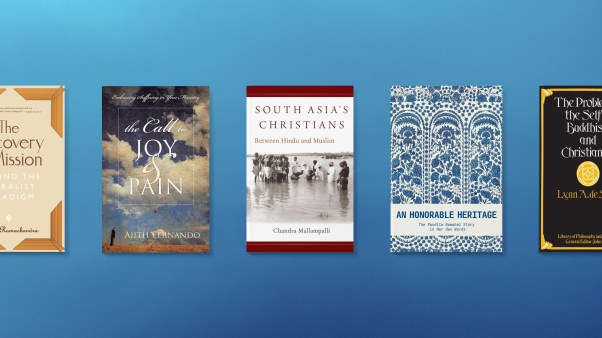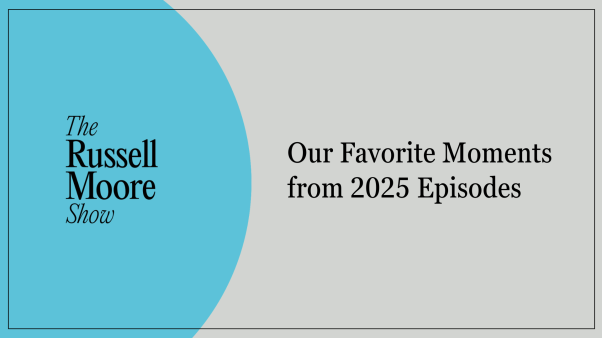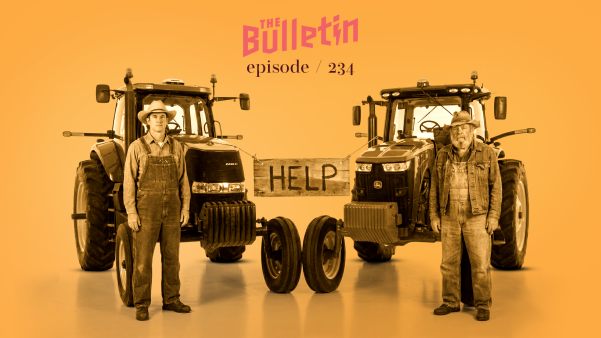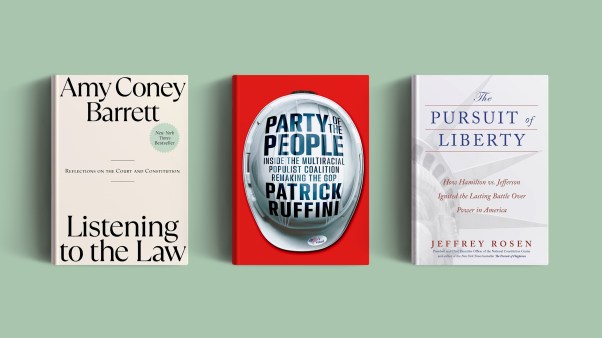Magazine articles, Substack newsletters, blog entries, Wikipedia pages, Tumblr feeds, Reddit threads, Facebook posts, AI overviews, WhatsApp messages, YouTube notes, TikTok captions, Instagram posts: These, and more, are the stuff of reading in the 21st century.
And this landscape doesn’t even account for the proliferation of books in many different forms. Audio, digital, and physical books are more widely available than ever. Given current rates of literacy, ready access to technology, and the sheer volume of words produced, we probably read more today than at any other time in history.
Has all our reading made us smarter? In some ways, it has. Though stretches of the internet are wastelands of misinformation, the average person can access answers to a dizzying array of questions, from the abstract and philosophical to the immediate and practical.
Yet for all our added smarts, are we wiser and more virtuous? A quick look at a typical day’s headlines, feeds, or threads might lead us to answer pessimistically. Perhaps the problem, then, is that we’re reading the wrong things.
Maybe by reading virtuous books rather than whatever the algorithms feed us, we would become more virtuous. In Deep Reading: Practices to Subvert the Vices of Our Distracted, Hostile, and Consumeristic Age, authors and English professors Rachel B. Griffis, Julie Ooms, and Rachel M. De Smith Roberts assent to this idea, but only partly. If we want to derive intellectual and spiritual formation from our reading, they argue, then reading virtuous books is important—but ultimately insufficient.
More than some “perfect reading list,” the authors insist, “we need practices that will help us acknowledge and grapple with the distractions of the digital age, the hostility of a polarized culture—particularly for minority-culture groups—and Western consumerism with its demands that every action be marketable.” In other words, it’s not simply what we read that matters but also how.
Griffis, Ooms, and Roberts focus on overarching reading practices rather than on specific reading recommendations because we can’t separate reading from our technological, social, and economic environments. As they contend, the very realities that make reading so ubiquitous also contribute to various social ills. Even when the content we’re reading promotes virtue, the form that content takes can nurture vice.
You might, for example, read a devotional about the humanizing virtue of paying close attention to your family and friends. But what if you read it on a smartphone loaded with applications designed by companies to keep you as distracted as possible? Intellectually, you might encounter sound insights on the virtue of attention. Still, the more you scroll, the more you reinforce the vice of distraction.
The same principle applies to hostility and consumerism, the other cultural vices mentioned in the book’s subtitle. Even as we click on articles about charitable political discourse or the joys of tithing, we’re flooded with ads, pop-ups, and recommended stories enticing us toward the pleasures of gossiping and shopping. To enjoy the wealth of wisdom found in virtuous writing, we need practices that can keep countervailing vices at bay.
Following an introduction that provides a robust explanation of these problems, Deep Reading proceeds in three main parts. Each part takes up one of the three vices the book emphasizes, explaining the double bind it imposes on anyone who wants to read well: making us more distracted, hostile, and consumerist; and compounding the damage by compromising our ability to read well.
In part 1, the authors argue that distraction is not merely a detriment to attention spans but also a vice that disorders our lives. By itself, the challenge of distraction is nothing new. But as the authors observe, “recent advancements in information technology have exacerbated this problem, exponentially increasing our ability to access anything we might desire while simultaneously making us less able to temper our desires and focus our attention in meaningful ways.” This dynamic exposes how distraction is a spiritual and not just a cognitive problem.
Griffis, Ooms, and Roberts argue that we can subvert the vice of distraction with the virtue of temperance, or “inner order,” as philosopher Josef Pieper defines it. Deep reading combats distraction, the authors say, because it “requires practices of attention that not only train us to discern what and how much information is good for us but also enable us to order properly—to temper—our desires for what is pleasurable with our need to focus on what is good.” The book offers detailed explanations of five practices that aid this tempering process. These include well-known traditions of meditation and prayer like lectio divina but also more unexpected exercises like field trips.
The latter might conjure memories of elementary school, but the authors argue that field trips are valuable for people of all ages, independent of any formal educational setting. While we cannot always visit an author’s birthplace or the locale in which a book is set, we can get off the couch to involve our entire selves in the reading process.
Griffis, for instance, took her students to a wildlife refuge as they read a book about a Native American tribe living on the Great Plains. She hoped to give them a vivid, eye-catching experience that would cast their patterns of distracted reading into sharp relief. When you observe a bison up close, there’s no room for fooling around on a tablet with Netflix playing in the background while a book sits lazily in your lap. Field trips compel a heightened focus on one’s immediate surroundings. In this way, they can foster better reading habits by teaching us to temper the various thoughts, impulses, and desires vying for our attention.
The second chapter of part 1 outlines five practices to counteract the effects of distraction as we read. These include reading and responding to books in group settings and reflecting on our current practices by taking a reading inventory, for which the authors supply diagnostic questions. Each practice provides an opportunity to isolate distractions while strengthening focus on the task at hand.
It shouldn’t take much to convince people that we live in an age of hostility. In the first chapter of part 2, the authors concentrate on evangelical education, where the concept of worldviews organizes the ideological landscape into mutually exclusive bodies of thought such as Christianity, secular humanism, and Marxism, treating each as a closed system.
One benefit of this approach is the framework it provides for classifying and evaluating anything we read. The authors worry, however, that it can turn reading into an exercise in hostility, encouraging us to judge everything we read by tests of ideological purity. In their view, we should recognize that “authors, texts, and readers alike are shaped by historical and cultural forces that often, perhaps inevitably, include oppressive ideology.” We err when we regard written works purely as “vehicles for ‘right’ and ‘wrong’ ” thinking.
Reading deeply does not require switching off our critical faculties or simply accepting the bad with the good. Rather, it demands the cultivation of prudence, or practical wisdom, a virtue that supplies “wisdom about both everyday decisions and the meaning of life itself.” To combat hostility and develop prudence, the authors recommend reading books from different time periods and imagining their authors as neighbors today, among other practices.
They also pair ideas for diversifying required reading at colleges and universities with an attention to history and Christian tradition, which could help students measure their own convictions against others’. They even tackle divisive topics such as trigger and content warnings. The second chapter of part 2 offers practices for what the authors call reading “promiscuously,” which entails venturing outside “the echo chamber of one’s own perspective and biases.”
The final part of Deep Reading addresses consumerism, perhaps the most pervasive vice of our age in the authors’ telling. The consumerist mindset treats reading—and everything else—as a means to an end, reducing the value of reading to whatever measurable returns we receive from the time and money invested.
To break the hold of consumerism on our lives, the authors argue for infusing our reading practices with a spirit of generosity. Specifically, they encourage us to think of reading as an exercise in gift giving, in which we share what we learn and love with others, thus building a network of reciprocal relationships.
The authors also advocate the sheer joy of reading as a countermeasure to consumerism. Reading for the sake of enjoyment renders it resistant to cost-benefit analysis. A favorite practice the authors recommend is keeping a “commonplace book,” a kind of journal for jotting down memorable lines from whatever you’re reading. In my own commonplace book, I record things that move me, whether to tears or laughter or insight. Such practices upend the marketplace mindset by encouraging us to produce rather than merely consume.
Deep Reading concludes by touting the most subversive practice for anyone who wants to overcome distraction, hostility, and consumerism: rereading. Journeying through a written work more than once is radically antithetical to our age because it entails a willingness to revisit a task we feel we’ve already completed. All of us reread on the sentence-by-sentence level—one consequence of constant distraction—but the authors commend a patient dedication to understanding the shape of an argument as it develops and progresses.
If put into action, the practices outlined in Deep Reading have the power to renew our minds and facilitate greater spiritual maturity. Perhaps they may even further our capacity for meditation, that most biblical of practices. (Psalm 119 mentions it repeatedly.) If reading and rereading can transform both ourselves and our cultures, then surely we can say the same—and more—of reading and rereading God’s Word.
Matthew Mullins is associate professor of English at Oklahoma Baptist University. He is the author of Enjoying the Bible: Literary Approaches to Loving the Scriptures.















